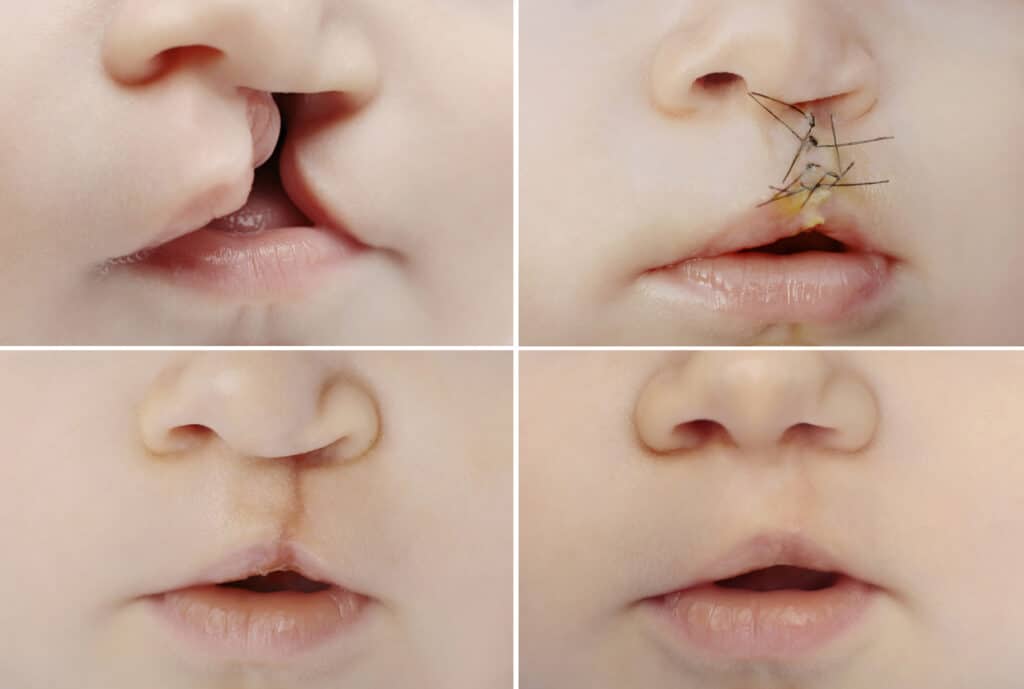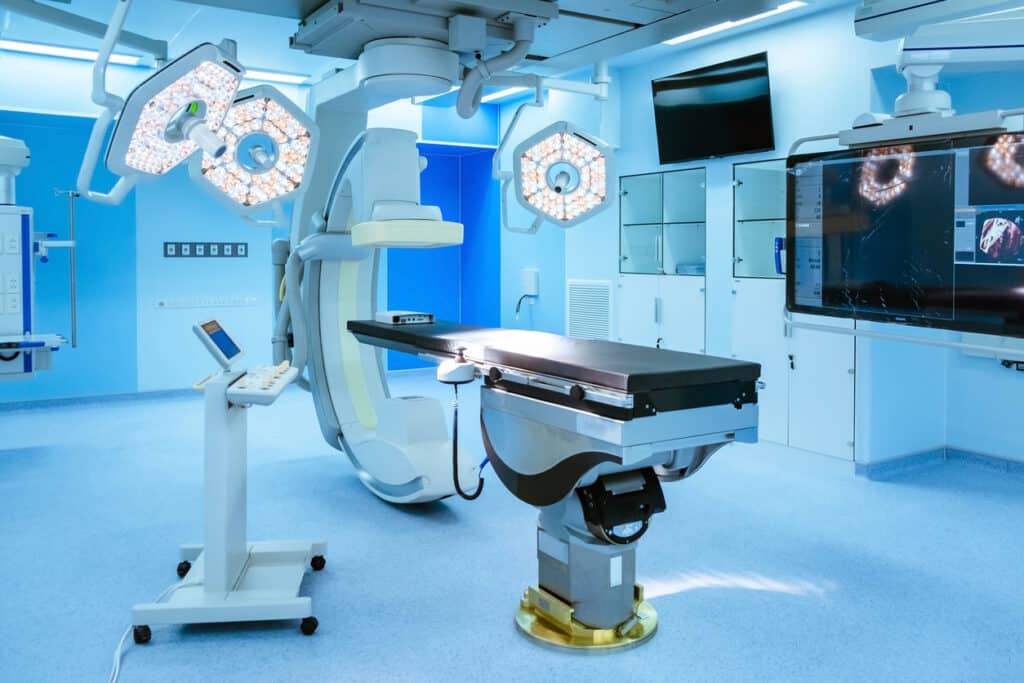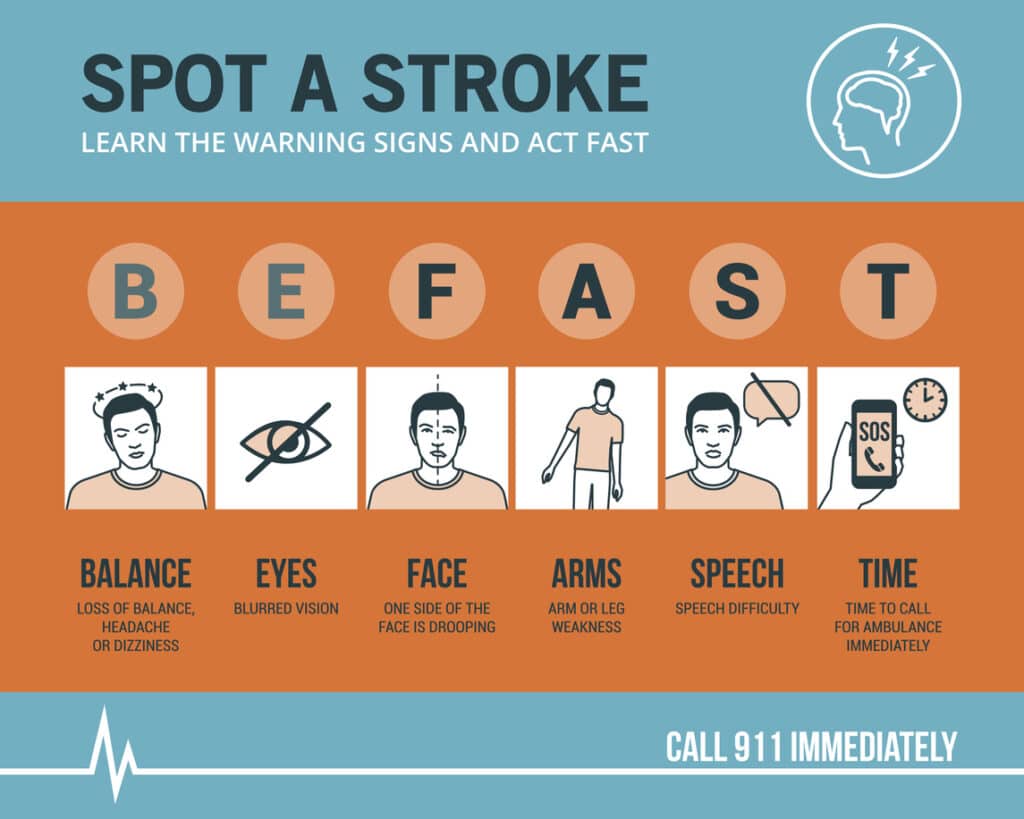At P3, we talk a lot about the importance of content on medical practice websites. But content is more than just written words–it’s also video and images. The right video and images support and enhance your written content to illustrate the points you are making.
We’ve previously discussed video strategy for medical practices. Now, let’s look at how the right images can help enhance your marketing messages.
Limiting the Use of Stock Photos
Stock photos definitely have a place on medical practice websites, but we believe they should be used sparingly. We see a lot of practices relying heavily on stock photos to add visuals to their websites, usually because they don’t have anything else readily available.
Stock photos can help fill in imagery gaps, but they don’t really show off or tell the story of your practice. That said, there are some instances where stock photos might make sense:
Background or banner images
Sometimes, you need a photo that’s composed a certain way to add visual interest to a page as a banner or background image. Stock photos can be a good option there since there will usually be multiple options for the same image scenario, so you can pick the one that fits the best. The image needs to fit your demographic, but since it serves more of a “decorative” purpose, it doesn’t have to be something that’s unique to your practice.
Aspirational images
It can be helpful to sprinkle a few images throughout your website that show patients what life could be like after treatment. Stock images let you choose options that match your normal patient demographics in settings that make sense for your local area. For example, you might select an image of an older person skiing if you specialize in joint replacements and are located in an area where winter sports are popular.

When you don’t have any other images
Sometimes, you just might not have any real-life or custom images available for some pages on your website. It’s better to have a stock photo than nothing at all. That said, if you only have stock photos outside of your team headshots, we encourage you to start working on getting new images.
What do you use if not stock images? Let’s look at some different options.
What to Use Instead of Stock Images
As with written content, the more you can use photos that are directly relevant and unique to your practice, the better. These are some ideas of images to try instead of stock photos.
Doctor & Patient Photos
Using photos of doctors with patients in a treatment setting gives you some “in-action” shots to use on your website and can be a great option to use on treatment-related pages. Just be sure to get permission if you are using actual patients in your photos. If you’d prefer not to use actual patients, you can stage a similar photo with a friend or family member standing in as a patient.

Photos of Your Office & Facilities
It’s nice to include a photo of the outside of your office on your location page because it shows your patients what to look for when they are going to your office for the first time. Interior office photos can also help to give patients an idea of what they will see when they get to your office. Being able to “preview” the office ahead of time can also give nervous patients a sense of security; it’s one aspect of the appointment where they will know what to expect.

Staff Photos
Most medical practice websites have headshots of the doctors, but it can also be nice to include the other office staff or have a group photo if you’re a larger practice. We recommend using a professional photographer for all staff photos if possible so that the photos look consistent.
Before & After Photos
Before and after photos are a great option if you offer treatments or procedures that would have an outwardly visible result. This is common in specialties like cosmetic surgery and dentistry, but could also be useful for specialties that focus on correcting congenital issues like cleft lip & palate or certain joint and limb deformities. Again, just be sure to get permission before using patient photos, and do your best to de-identify them if needed.

New Equipment/Technology Photos
If you have new equipment to show off, this is something that you can add to relevant pages on your website. For example, if you have a page about robotic joint replacement, some images of the robot can help to illustrate what it looks like so patients can better visualize the procedure.

Infographics
With infographics, you don’t need a professional photographer, but it might help to have someone with design experience. Infographics can be used to visually highlight key points about a particular condition or procedure, and can be used on your website or social media.
They can also be helpful if you’re trying to explain a more complicated concept, like how a joint works. Sometimes, it’s easier for people to grasp those concepts if there is a visual component, rather than just written words.

Use a Good Mix of Images on Your Website
We’re not totally against stock photos by any means–we actually use them in our own marketing efforts as an agency. They are just not always the most impactful option for the goal you are trying to achieve. Consider how you can provide a variety of images on your website and what might best support the written content on the page as you are selecting your images.
It might be a bit of a pain and extra expense to coordinate with professional photographers and designers to get your own images, but you can really see the difference in the finished product. It gives your website a much more personalized experience, which ultimately helps you stand out to prospective patients.




